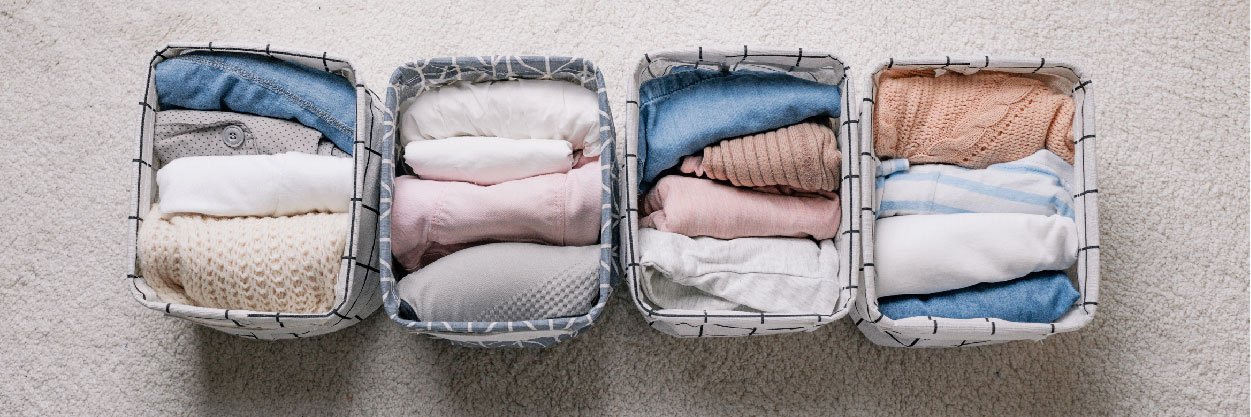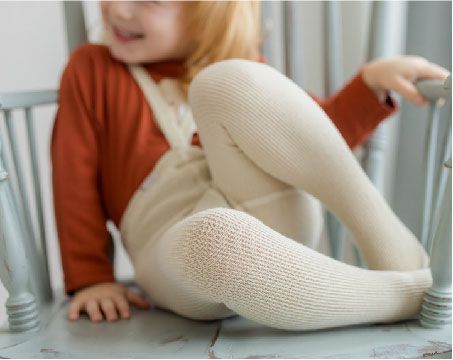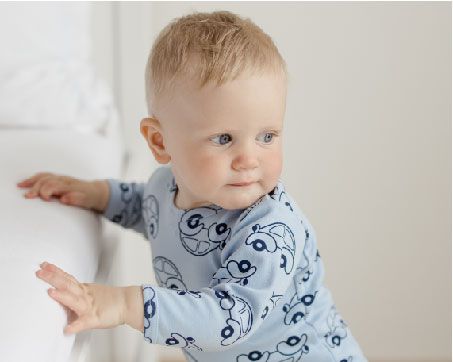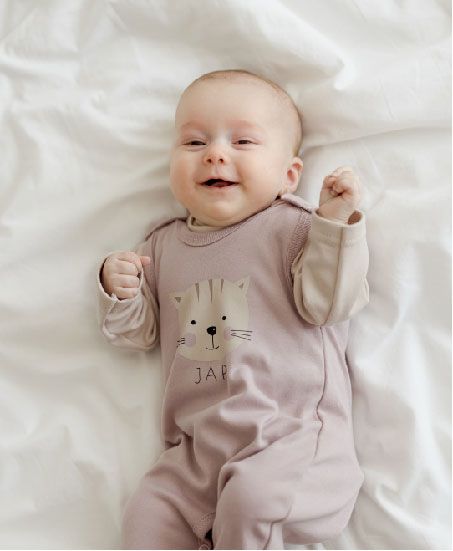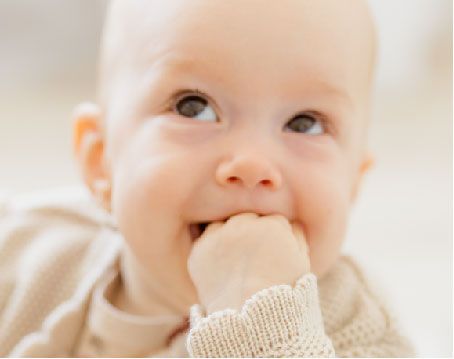How to properly care for children's clothes
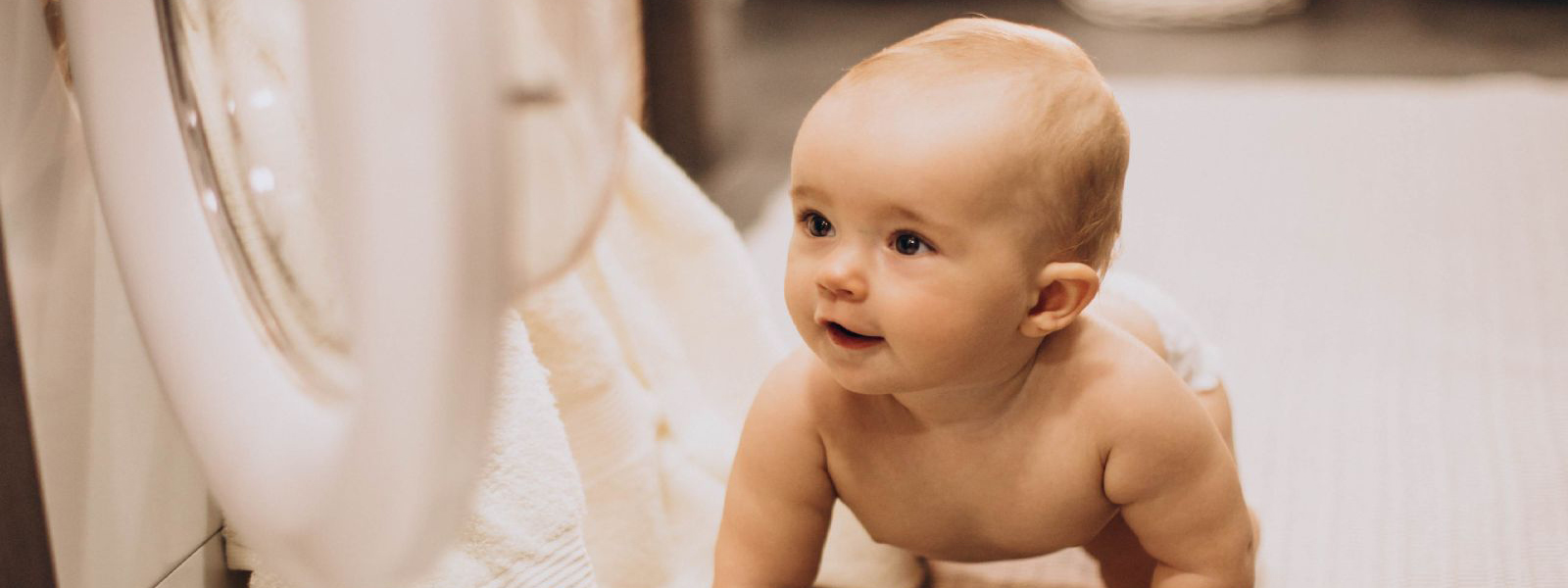
Children's clothing comes into direct contact with children's skin. Some parts kids even suck in their mouths. Children's skin is much softer compared to ours. The skin of newborns is even 5 times thinner. Improper materials, detergents and cuts can therefore cause serious health problems, including:
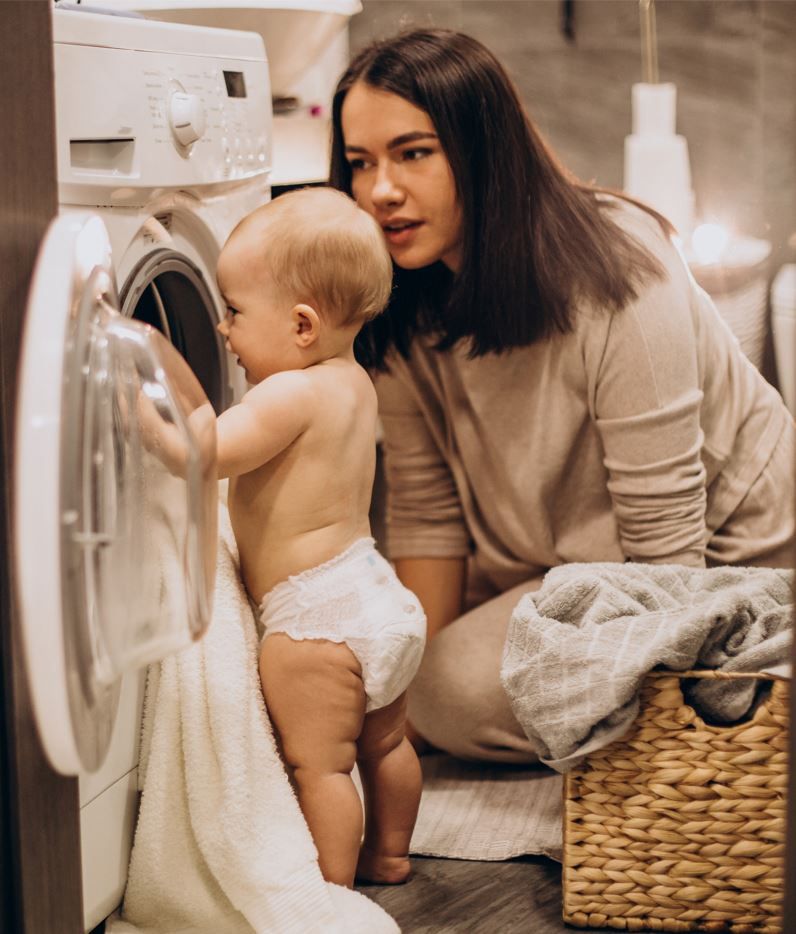

Before first use
What to focus on before we dress a child for the first time in a given outfit?
1. Material
First of all, you need to check the materials from which the clothes are made. According to this, we can find out whether these are natural materials such as cotton, flax, bamboo, or materials with various additives. Some clothes can even be made from 100% man-made fibres. For newborns and babies, we should choose natural materials. They are breathable, anti-allergic and do not irritate children's skin.
2. Cut
Check the cut and sewing of clothes.
3. Safety
In recent years, great emphasis has been placed on the safety and quality of materials. This is because some materials can be made, coloured and treated using unsuitable substances. Something that does not interfere with the skin of an adult, because he can deal with it, can be dangerous for a child. The European Union therefore has strict requirements for clothing for newborns and children. The final products or materials from which they are made should be Oeko-Tex ® Standard 100 class 1 certified.
Therefore, check the manufacturer or importer when buying donated clothes. If you are unsure, try asking the seller.
4. First use
Moms often address the question of whether children's clothes need to be washed before first use, They hesitate, as it is fragrant, beautifully ironed and folded. The answer is clearly YES. You never know the conditions under which clothes were stored, how they were transported and how many hands touched it before they got into your closet. Therefore, wash children's clothing in baby powder before first use.

Taking care of baby clothes
Taking care of children's clothes is not just about washing and ironing. It is also about a suitable detergent, method of ironing or drying, storage and warehousing.
Washing
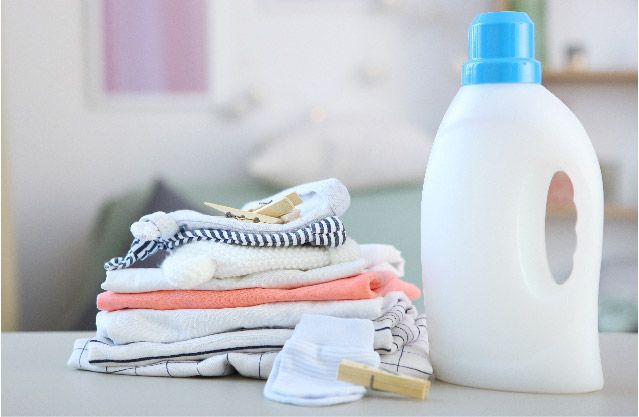
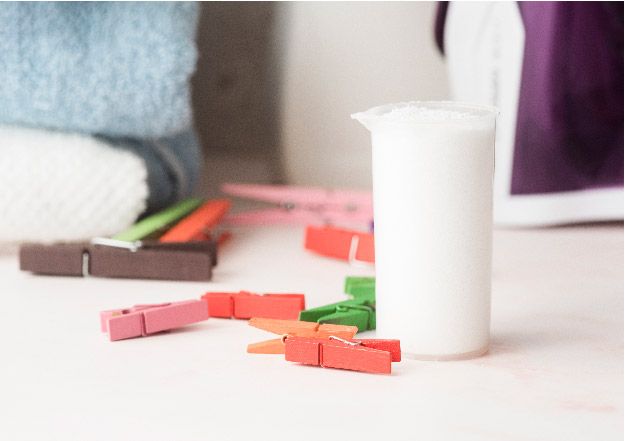
Washing powder
Children's detergents do not contain synthetic substances and irritating perfumes.
Washing temperature
The clothes tag says at what temperature we can wash the clothes so that they are not damaged.
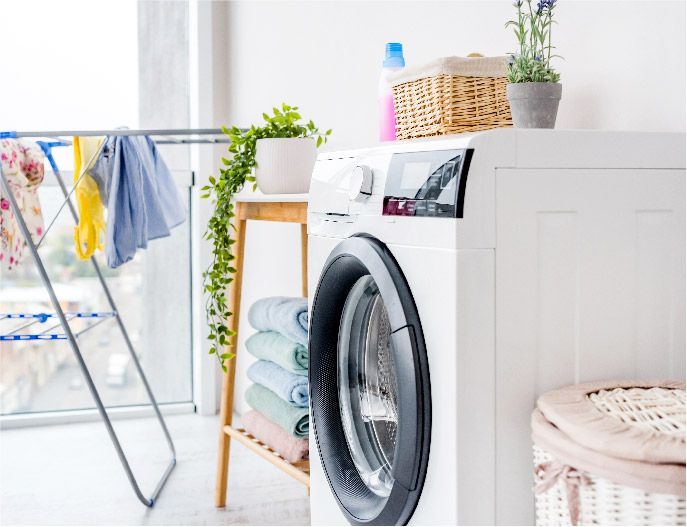
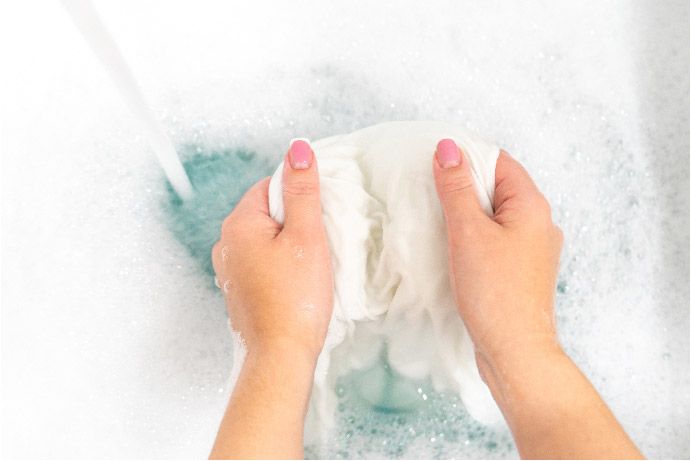
Stains
Bleaching agents and stain removers are not permitted for children's clothing.

Ironing
Do you know the meaning of pictograms? Do you know when to iron children's clothes?
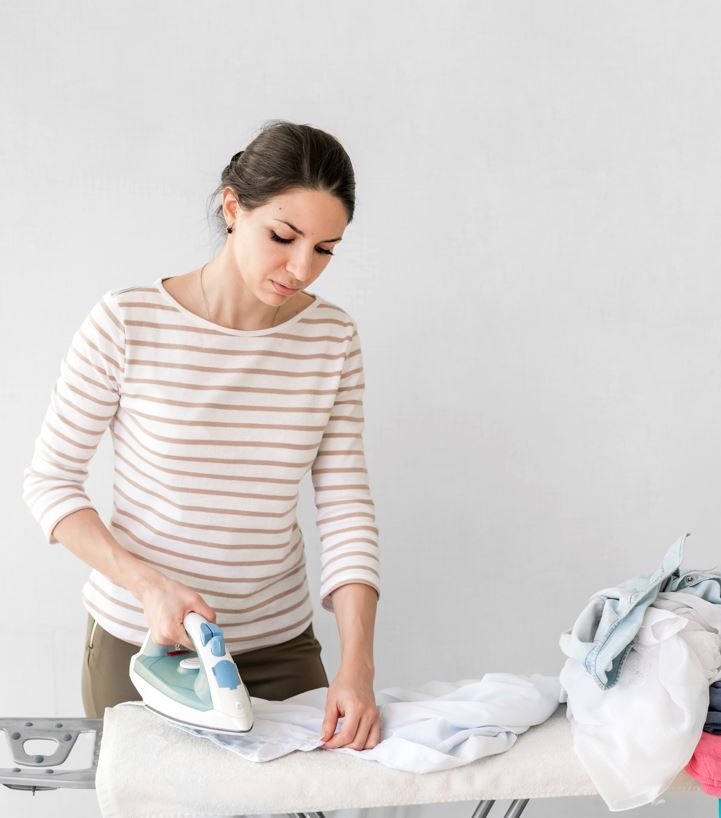

Clothing storage
Bodysuits, rompers, tights and sweaters have already been washed and ironed. Now, get them to the closet. But even the way of storing can prolong their life. Some pieces are better to fold and others to hang.
